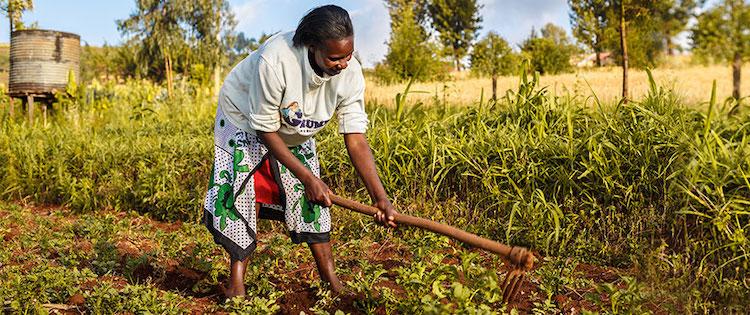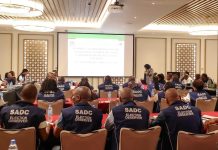Africa-Press – Tanzania. SOUTHERN Africa Development Community (SADC) envisions having a transformed agricultural sector that practices sustainable management of the environment and its natural resources.
This was unveiled recently during a virtual meeting that discussed how SADC Regional Indicative Strategic Development Plan (2020 – 2030) (RISDP) can ensure resilient and sustainable agricultural development through supporting smallholder farmers.
The meeting aimed at raising awareness among non-state actors of the SADC RISDP 2020/30 and its implementation matrix in the agriculture sector.
Ultimately develop action points at national and regional level ahead of its adoption by Heads of States and government. By 2050, SADC undertakes to have an industrialised regional economy that is based on a competitive and facilitative environment, which includes robust infrastructure, skills development and the promotion of science, technology and innovation to ensure the sustainable exploitation of natural resources.
It is envisaged that by 2050 the SADC agricultural sector would have been transformed through mechanisation and other mechanisms to contribute to the sustainable management of the environment and natural resources.
The agricultural sector is regarded as an engine for socio-economic development in most SADC Member States, hence the drive towards deeper cooperation and collaboration to boost production and address food insecurity.
A strategic goal for SADC is to improve agricultural efficiencies, specifically focusing on smallholder farmers and their access to factors of production and input and output markets.
Initiatives in this direction would provide multiple benefits, including increased food availability, and improved food security while freeing up labour to participate in more profitable sectors of the economy.
In its new vision, by 2050 SADC envisions a peaceful, inclusive, middle to high income industrialised region, where all citizens enjoy sustainable economic wellbeing, justice and freedom.
The agriculture sector is of major social and economic importance in the SADC region, contributing in the different Member States between 4 per cent and 27 per cent of GDP and approximately 13 per cent of overall export earnings.
About 70 per cent of the region’s population depends on agriculture for food, income and employment. Hence the performance of this sector has a strong influence on food security, economic growth and social stability in the region.
Agriculture in the region is an important source of exports, contributing on average about 13 per cent to total export earnings and about 66 per cent to the total value of intraregional trade. Improved productivity by smallholder farmers is a crucial element to achieving broad-based agricultural growth and sustainable poverty reduction.
Most production is generated by smallholders and there is clear potential for substantial improvement in their productivity. But SADC’s development strategy recognises that this is more than just a technology challenge; to address the region’s pressing agricultural development challenges and successfully achieve sustained agricultural growth, SADC Member States will need to work together to open new markets and pool resources for undertaking collective action on priority issues of common interest and mobilize global knowledge to the benefit of the SADC region.
The performance of agriculture has a strong influence on the rate of economic growth, the level of employment, demand for other goods, economic stability, food security and overall poverty reduction and eventual eradication. The empowerment of farmers is central and will be attained by providing profitable and reliable options to farmers and by linking them to market opportunities.







